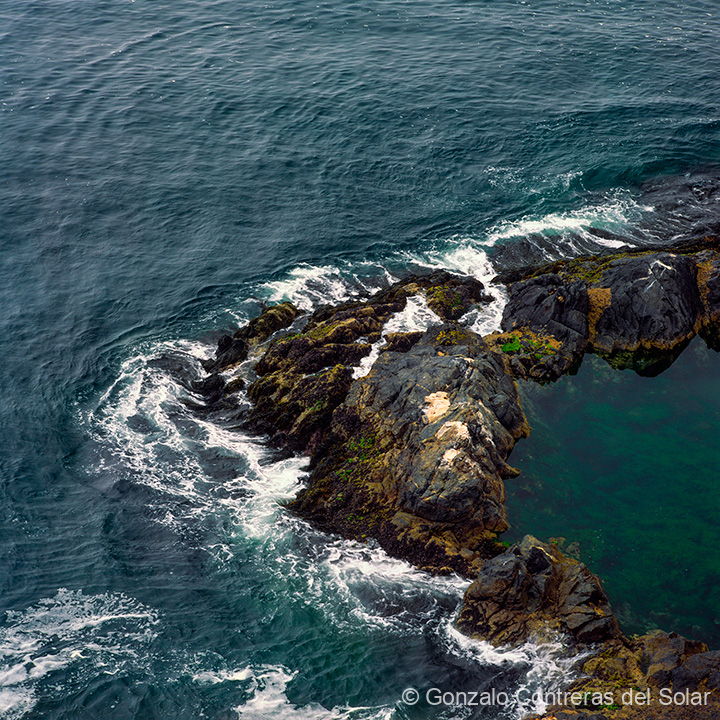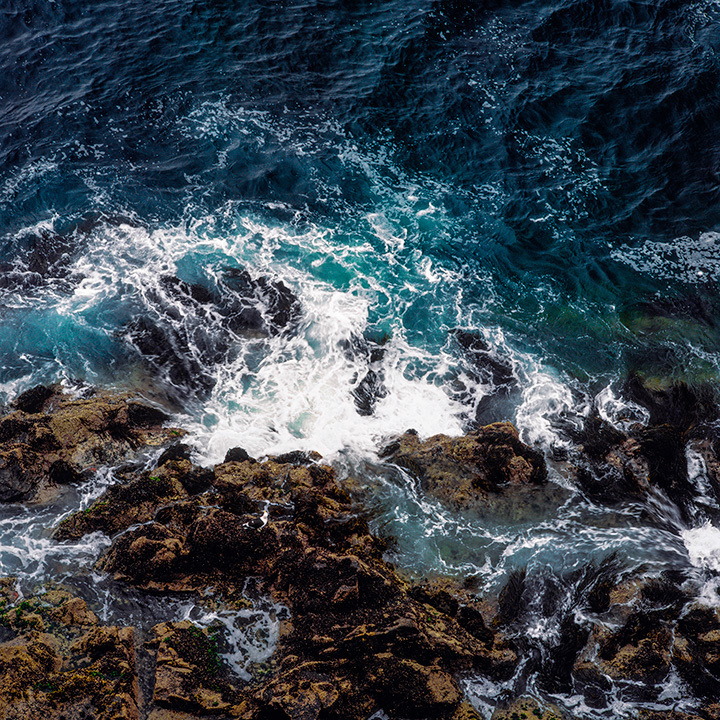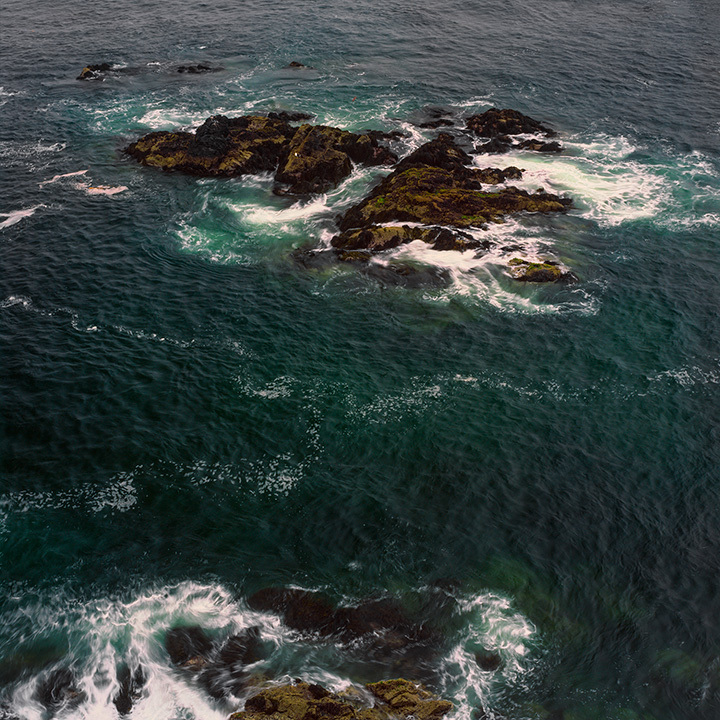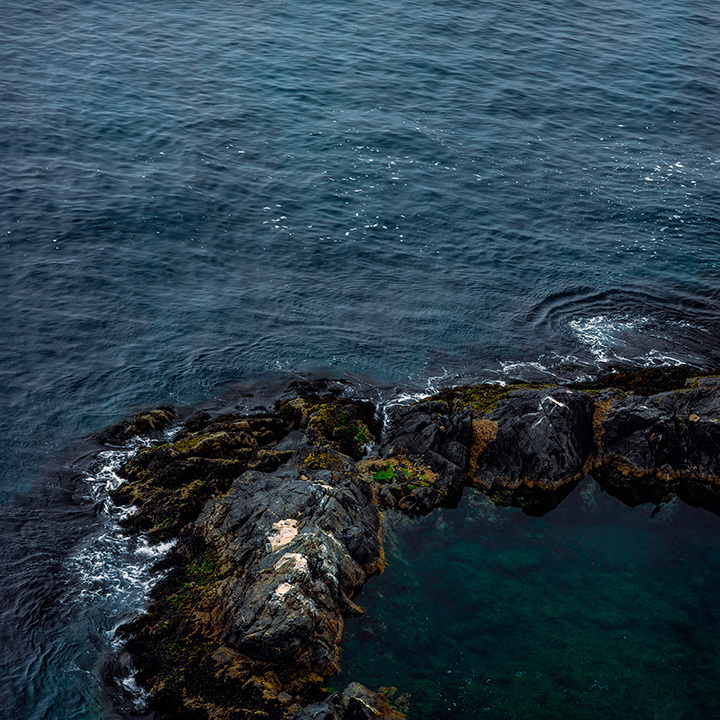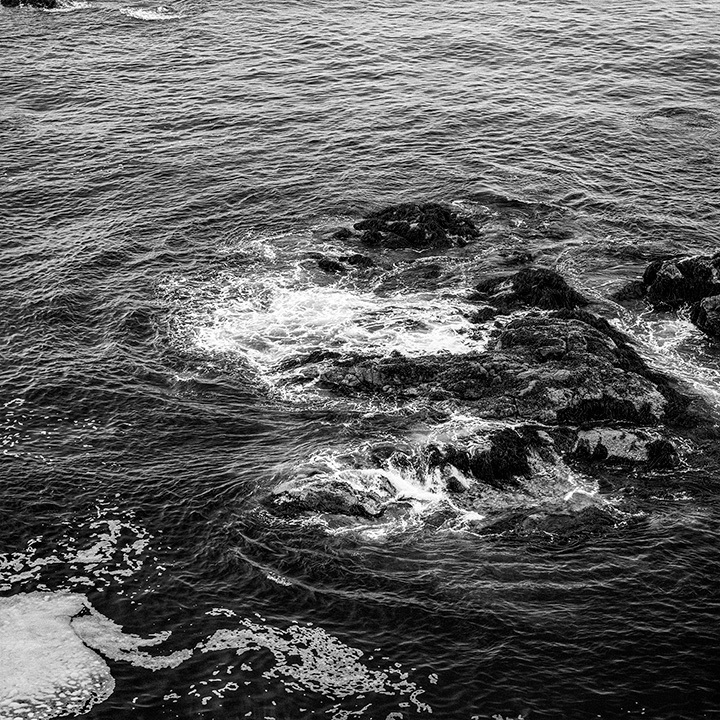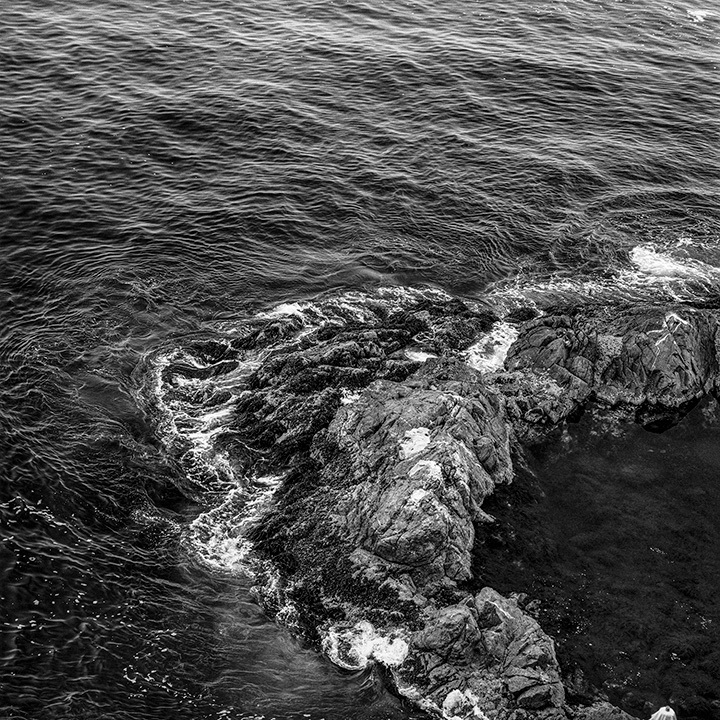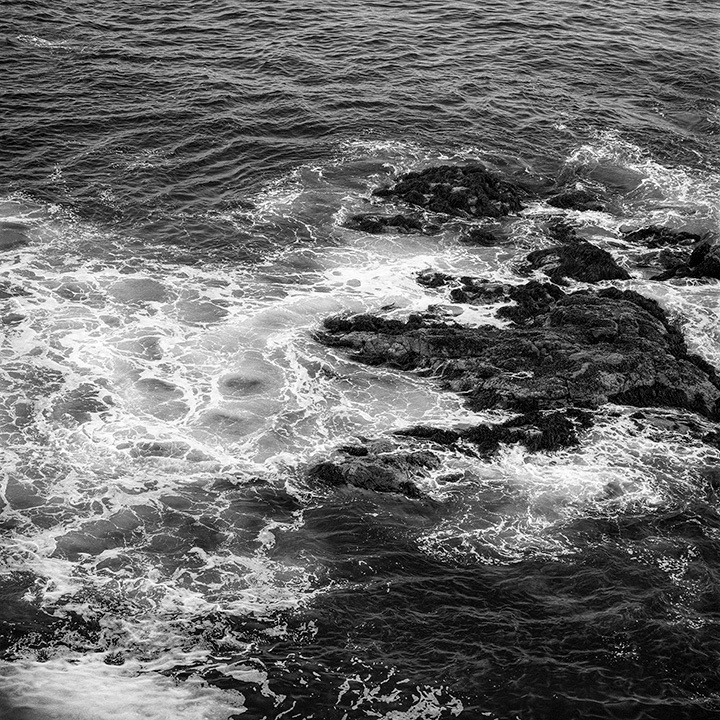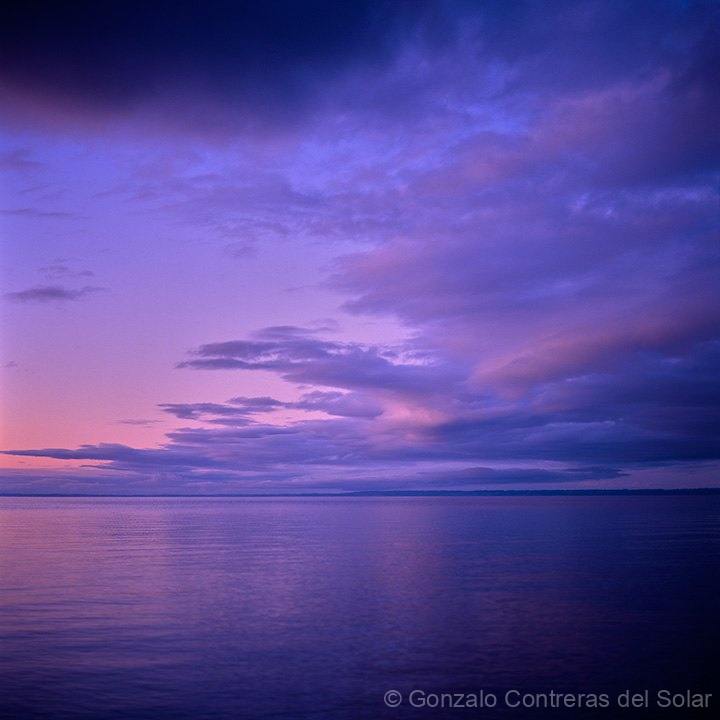After 4 months of inactivity I am returning with new images not published before of Viña del Mar waves. During this trip I took color and B&W images.
They are from the same place and point of view; therefore I wanted to show you will never obtain an identical image when you portray water when is in movement.
The same happens with ice, air bubble formations at a glacier ice, or snow crystals that have totally different fingerprints.
Early morning on after New Year’s eve 2020, while the light was spread even by the low clouds.
Color
From the balcony of the hotel I was able to make a series of images of the sea water with my faithful Rollei 6008, still using film.
This is a selection of images taken in that opportunity.
The B&W images take a much longer process to be able to publish them. The process starts with the preparation of the chemicals for the exact number of rolls to be developed.
The Black and White file has silver halides, that the infrared beam of the scanner does not penetrate.
B&W
Some scanners like the one I have, has a cleaning software that uses this infrared layer to find dust particles. This cleaning is very important, especially making large size prints from a 6×6 negative, a dust micron becomes a rock.
The scanning process can take from 30 to 45 minutes per photograph.
The most laborious process comes with the manual digital cleaning, for which I use Photoshop. Each image has 8500 x 8500 pixels in size which I enlarge to 200%. Then using the healing brush, I slowly erase the dust particle or fluff, process that can take a day.
This effort is worth, especially if you have a dark sky, that needs to be dark black in the print.
Now you can ask, why I don’t take a digital image and forget about all this fuss, then you would lose the uncertainty of the image came out ok, not to mention the development process.
I do 120×120 centimeters prints using Laumont one of the few labs that prints B&W paper using a Lambda machine.
I like better the B&W images of Viña del Mar waves.
